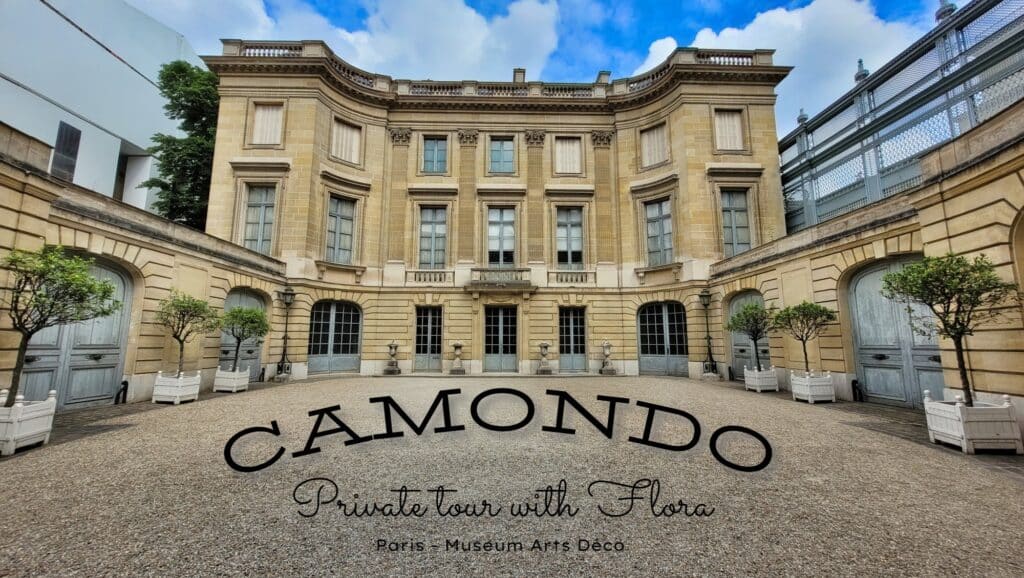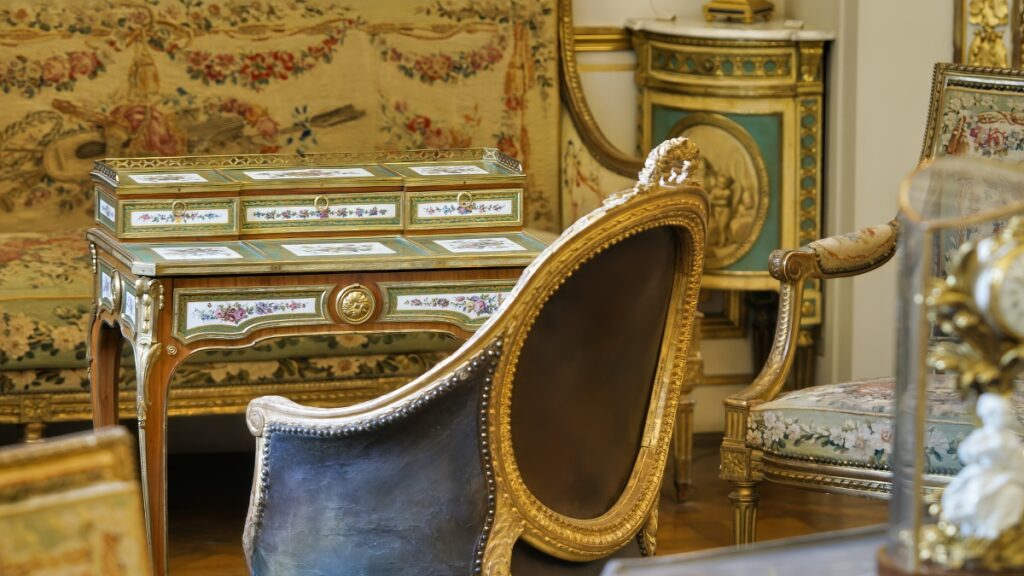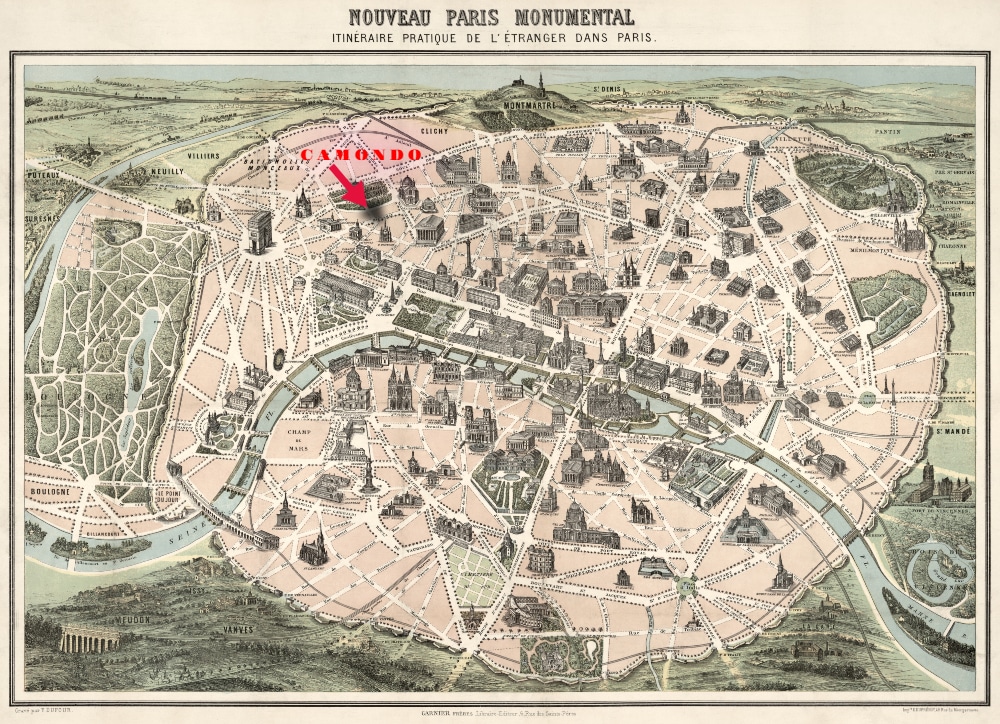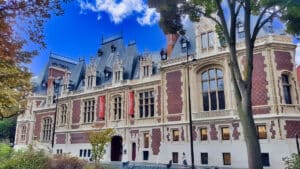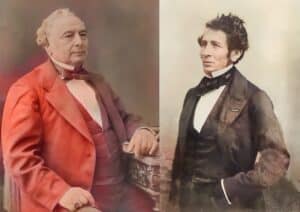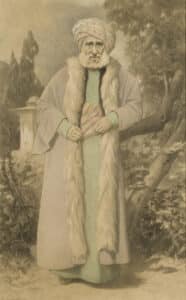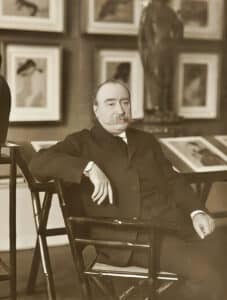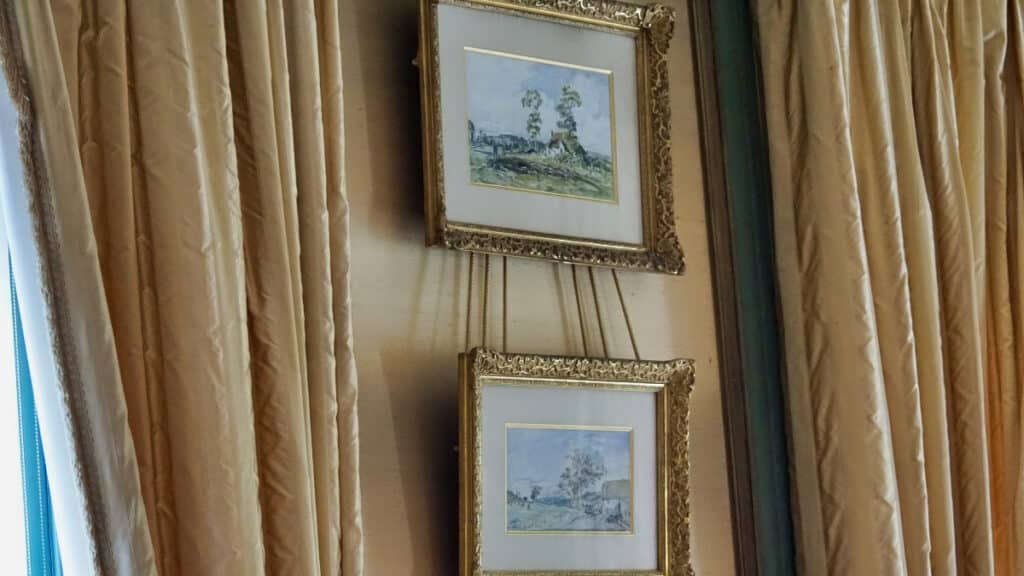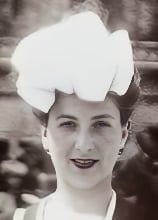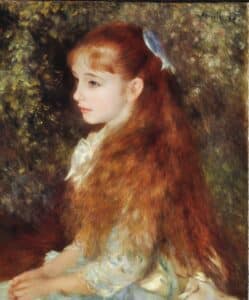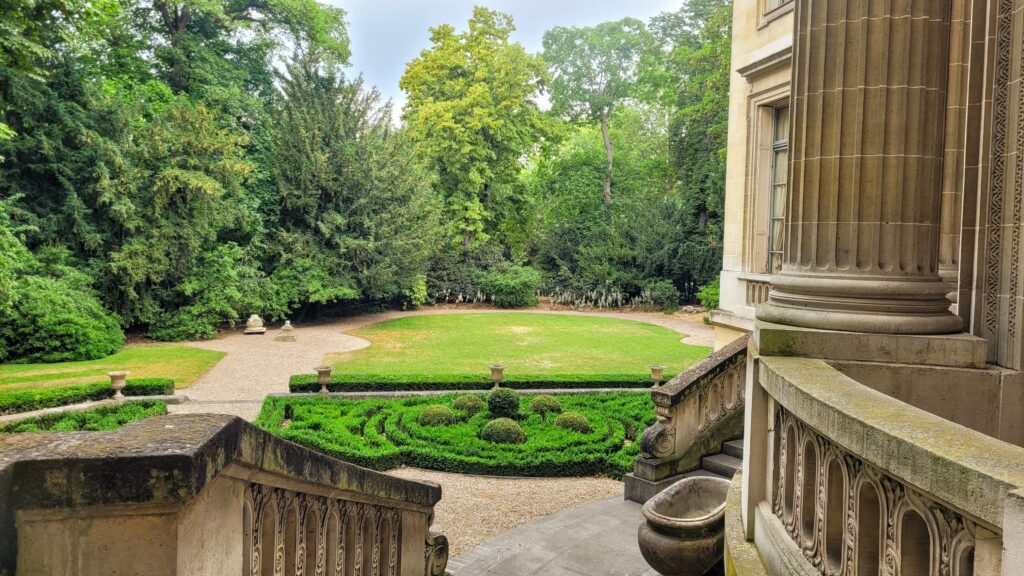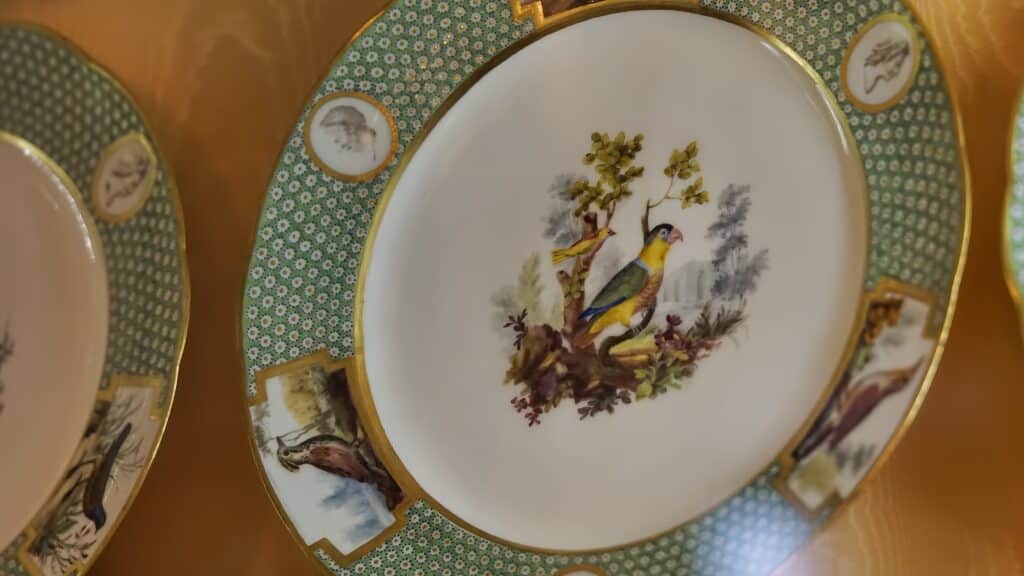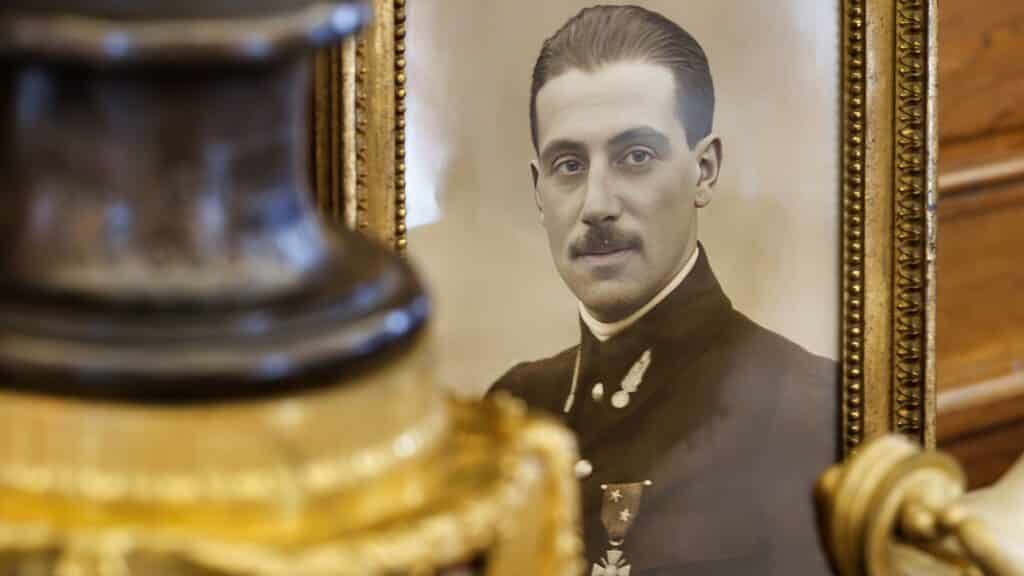How come a tragic and sad story can lead you to a small jewel in Paris?
What lies behind the beauty and elegance of the museum Nissim the Camondo?
How come that only a house, furniture and an art collection remain of a thriving, intelligent, wealthy family?
When leaving the historical center of Paris there is so much more to discover.
Today I bring you to the lush, elegant Parc Monceau and museu
Until 1860, the city of Paris was a lot smaller than it is today.
When you look at a map of Paris you can clearly see a boulevard that circles the city within its border today.
This boulevard was the frontier of the city until 1860.
The arrondissements numbered 1 until 11 where inside the city. The arrondissements 12 until 20 were not existing yet and located outside the city gate. Neighborhoods inside Paris today, like Montmarte, Belleville, Buttes Chaumont where villages outside the city until 1860.
The gate built around the city had checkpoints, where one had to declare goods, and even pay taxes when entering the city.
It is in this period that Jewish entrepreneurs arrived from abroad, some of whom had received noble titles from kings and emperors in Italy or Austria.
When in 1860 the city of Paris planned to extend its borders, two Jewish brothers, members of the Pereire family, purchased country land just outside Paris in what was then called the Plaine Monceau. They developed a plan to build a wealthy neighborhood with private mansions.
Many Jewish businessmen purchased plots, like the members of the Rothschild family, the Halfon family, the Ephrussi family, the Reinach family.
So did the Camondo family.
The dynasty of Camondo family goes back centuries ago when Sephardic Jews left Spain to live in cities like Constantinople, Venice, Trieste.
The family started a bank around the 1800-s and Abraham Camondo became an
In the mid 1800-s their influence and wealth became bigger.
In 1869 Abraham’s sons moved to Paris to open a branch of their bank.
They both had a son.
The two cousins, Isaac and Moise, were very close to each other.
When the fathers of Isaac and Moise died, they became neighbors,
They moved to the houses located on number 61 and 63 in theRue Monceau.
They decided to leave the banking business and concentrate on their passion.
Isaac, who never married, was obsessed with music and dedicated his life to modern classical music, composing andeven building a modern theatre and music hall.
He also collected French paintings of Monet, Manet, Cezanne and Degas.
Isaac never married and when he passed away he left his music and art collection to the French state.
Today, the Théatre des Champs Elysees witnesses his generosity and a large part of the incredible art collection in the Muséed’Orsay comes main
Moise decided to rebuild the house of his father.
He was obsessed with the beauty and grace of the 18th century French architecture and furniture.
His house was rebuilt to look just like the Petit Trianon in Versailles, built in the 18th century in order of King Louis the 15th.
Moise then started to buy and collect furniture from that same period, and furnished his house with it.
Moise did not remain a bachelor, he married Irene Cahen D’Anvers.
Irene was younger than her husband and also came from a prominent Jewish family.
Their marriage was arranged and Irene was not happy.
They had 2 children, Nissim and Beatrice, and then separated when Irene started a love affair with the stable master of her husband.
When they divorced, their children remained with their father.
Moise was very fond of his children and therefor was devastated when Nissim died at the age of 25 in a plane accident while he was serving in the French army during WW 1.
It is in this period that he finished the reconstruction of his house and the completion of his art and furniture collection.
Moise withdrew from society and he died in 1935.
He left his house and everything inside the house to the French state asking it would be named after his dear son, Nissim.
Beatrice married Leon Reinach, and together they had two children, Fanny and Bertrand.
When WW 2 broke out, Beatrice and her two children, the only surviving members of the Camondo family, thought they would not be persecuted, considering the great service of their family to the French state.
They even wrote a letter to the French state, requesting that a confiscated portrait of
This was considered an offense by the Germans and the familywas arrested in 1943.
They were sent to Auschwitz where they were murdered.
The only person related to the family who survived the Shoah was, Irene, the mother of Beatrice.
Here is Portrait of Irene by Renoir :
Before the war she had married a catholic count, converted to become a catholic, and somehow managed to avoid being arrested.
After the war she recuperated her portrait that was once painted when she was a child by Degas.
It was exposed among other stolen paintings by the Germans in a special exhibit in 1946.
Irene lived until 1963.
She was the only and last closest relative to the Camondo family.
This is how the splendid and tragic story of the Camondo family ends.
The Nissim the Camondo museum is the last reminder of their talent, generosity and taste.
Let me take you for a stroll through the elegant Parc Monceau and then enter the Rue Monceau where we will visit the Nissim de Camondo museum.
The parc is located on land where a small palace was once built by a duke before it became part of the new neighborhood developed by the Pereire brothers.
To enter the parc today, we pass by the ancient checkpoint, a round building, called La Rotonde, where goods had to be declared and unwanted visitors were stopped until 1860.
Only two of these checkpoints remain visible in Paris today.
The parc was planted in a time when romantism was very popular, so we will walk the winding paths, see a (fake) grotto, a (fake) Roman colonnade as well as an old-fashioned playground where toddlers and children are playing .
Then we will see the back of the house and the back-garden of the Nissim de Camondo museum, that is practically glued to the parc.
When entering the museum we will be struck by both the intimacy of the house as the elegance of the 18th century furniture, some of which was made for the King and Queen of France before the French revolution started.
We will walk through the kosher kitchen, visit the bedroom of Moise as well as his bathroom, but also walk through the huge dining room where Moise held dinners and celebrated Jewish holidays.
We will cross the round library room and discover his incredible collection of porcelain. Even the Royal family of Great Britain today, does not own a collection of porcelain like Moise de Camondo!
I think that the most touching memories of the Camondo family can be seen in this museum. A short movie about the family is projected, and we will see family photos as we wander from room to room.
The most intimate and touching part to me the huge kitchen and to show you where after his son died, Moise would eat most of his meals alone, sitting at a small table set for him, watching his garden and the Parc de Monceau.
If you want to know more about the Camondo family, you can read the books of Pierre Assouline, The last of the Camondo (I found and read only the French version).
Another good read is The Hare with the Amber Eyes of Edmund de Waal.
